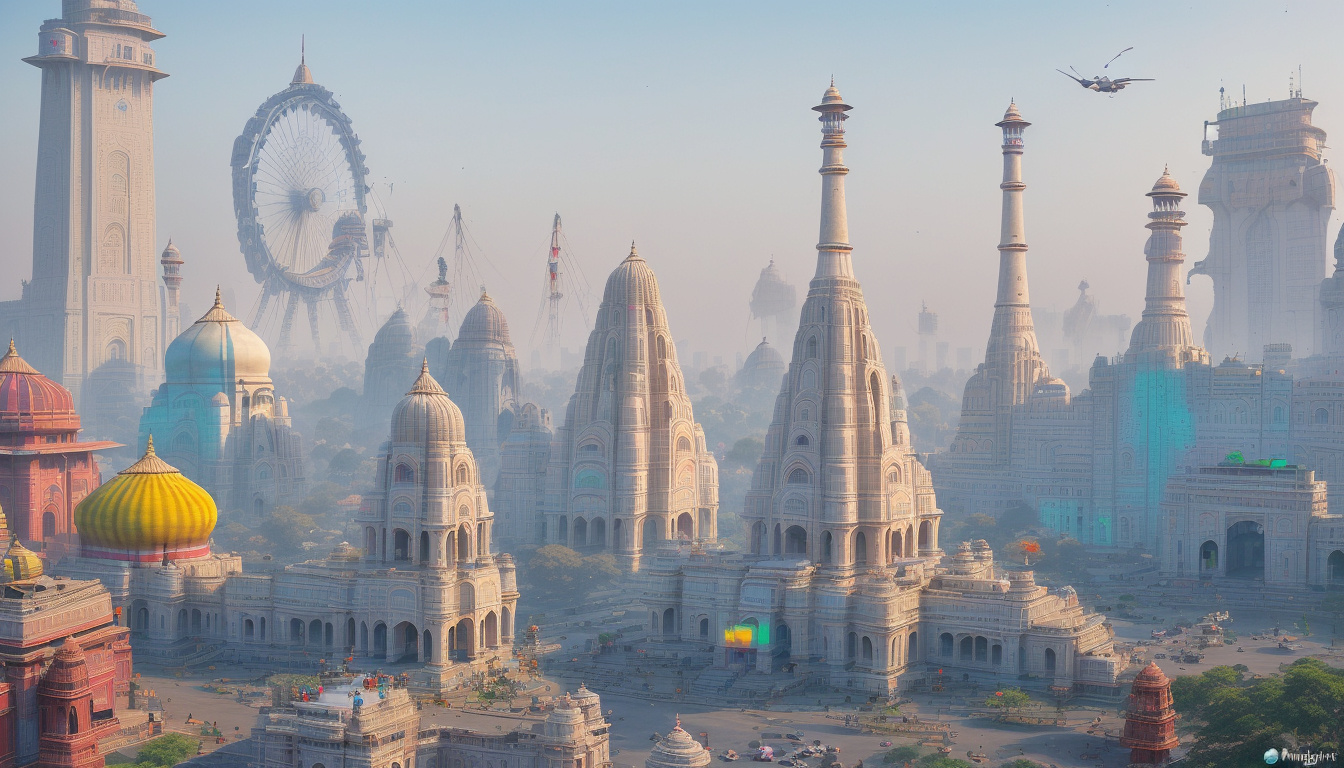Inside India’s Scramble for AI Independence: Overcoming Challenges to Build Homegrown Artificial Intelligence
By Shadma Shaikh | MIT Technology Review | July 4, 2025
India, a global technology hub known primarily for its software services, is facing a critical moment in its quest for AI independence. Despite its vast pool of talent and a burgeoning startup ecosystem, the country has struggled to develop foundational artificial intelligence (AI) models that can rival those from the United States and China. The key hurdles include structural challenges, chronic underinvestment in research and development (R&D), and India’s remarkable linguistic diversity. Yet, recent policy moves and grassroots innovation reveal a determined nation eager not to be left behind in the AI race.
The Mixed Emotions of India’s AI Builders
In Bengaluru, a city that serves as a central nerve center for India’s tech industry, young entrepreneurs embody the spectrum of ambition and frustration in India’s AI journey. Adithya Kolavi, 20, founder of CognitiveLab, celebrated the launch of DeepSeek, a Chinese open-source AI language model that matched Western benchmarks while requiring far less capital and time. Inspired by DeepSeek’s success, Kolavi believes disruption is possible in India despite resource constraints.
Conversely, Abhishek Upperwal, founder of Soket AI Labs and creator of one of the earliest Indian foundation models, Pragna-1B, expressed a bittersweet sentiment. His team’s modest multilingual model, designed to combat the "language tax" imposed by India’s many languages, remained limited due to scarce funding and small-scale grants. Upperwal laments that with adequate support earlier, his model might have been India’s answer to DeepSeek.
India’s Structural and Linguistic Barriers
India’s difficulties stem from a tech landscape historically oriented toward software services, where innovation and invention have taken a backseat. Unlike the US and China, India spends just 0.65% of its GDP on R&D—approximately $25.4 billion in 2024—far less than China’s 2.68% and the US’s 3.5%. This limited spending has curtailed the country’s ability to build the deep tech infrastructure necessary to design and commercialize AI algorithms and hardware like semiconductor chips.
Furthermore, India’s linguistic diversity complicates the creation of effective language models. With 22 official languages, hundreds of dialects, and millions of multilingual speakers, training AI that fully understands and processes local languages is a profound challenge. Indian languages contribute less than 1% of online content, and available data is often fragmented or low-quality. Standard tokenization tools, which break down text for AI training, perform poorly on complex Indian scripts and agglutinative grammar. This leads to inaccurate language understanding in even the most advanced multilingual AI models.
Government Mobilizes to Bridge the Gap
The launch of DeepSeek-R1 in January 2025, which quickly outperformed many global AI models, spurred Indian policymakers into action. Just ten days after DeepSeek’s debut, the Ministry of Electronics and Information Technology (MeitY) issued a call for proposals to develop India’s own foundation models. Private sector cloud and data center providers—including Jio, Tata, AWS partners, and others—collaborated to allocate nearly 19,000 GPUs to government-led AI research at subsidized rates.
This move generated an unprecedented flood of interest: within two weeks, MeitY received 67 proposals, tripling by mid-March. By April, the government unveiled ambitious plans to develop six large-scale AI models and 18 application projects aimed at sectors such as agriculture, education, and climate, exemplified by entrusting Sarvam AI with creating a 70-billion-parameter model optimized for Indian languages.
This rapid mobilization signals a new era of Indian AI ambition, drawing comparisons to the country’s landmark Mangalyaan Mars orbiter mission in 2014, which combined cost-efficiency with high impact.
Innovation on the Linguistic Frontier
Despite obstacles, pioneering Indian teams are beginning to chart innovative paths tailored to the nation’s language complexities. Sarvam AI, for instance, developed OpenHathi-Hi-v0.1—an open-source Hindi language model trained on billions of tokens—which stands as one of the largest Hindi-focused AI models to date.
Upperwal’s Pragna-1B introduced a "balanced tokenization" technique that helps models better understand Indian languages by condensing complex word structures into manageable inputs. His approach allowed a 1.25-billion-parameter model to perform comparably to much larger models like Meta’s Llama 2, especially in Hindi and Gujarati. While Pragna-1B remains a proof of concept, it exemplifies how smart engineering can compensate for limited scale and resources.
Startups like Krutrim AI have taken an even more ambitious approach. Their Krutrim-2 model, with 12 billion parameters, supports English alongside 22 Indian languages and is designed with multimodal and voice-first capabilities. These features are crucial for India, where text-based interfaces may not be accessible to all. Krutrim aims to pioneer AI sovereignty in India and set an example for other Global South countries facing similar challenges.
The Road Ahead
Beyond public funding and infrastructure, India’s AI aspirations hinge on developing strong institutions for talent retention, long-term research, and commercialization—areas where the US’s DARPA model provides a successful blueprint. Bridging the gap between government research bodies like DRDO and ISRO and civilian innovation remains vital.
While the nation’s vast diversity and resource constraints pose real challenges, the convergence of political will, innovative startups, and growing investments mark a promising chapter in India’s AI story. As India accelerates its push for AI independence, it may soon transform from a global software services back office into a formidable player in the deep tech and AI frontier.
Related Reading:
- "Why the World is Looking to Ditch US AI Models" – Examining global shifts toward alternative AI systems.
- "The Grassroots Push to Digitize India’s Most Precious Documents" – Efforts to preserve cultural heritage through digital archives.
Shadma Shaikh reports on technology and innovation for MIT Technology Review.









